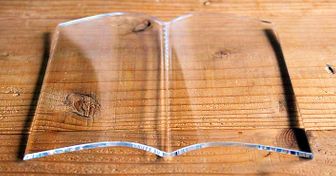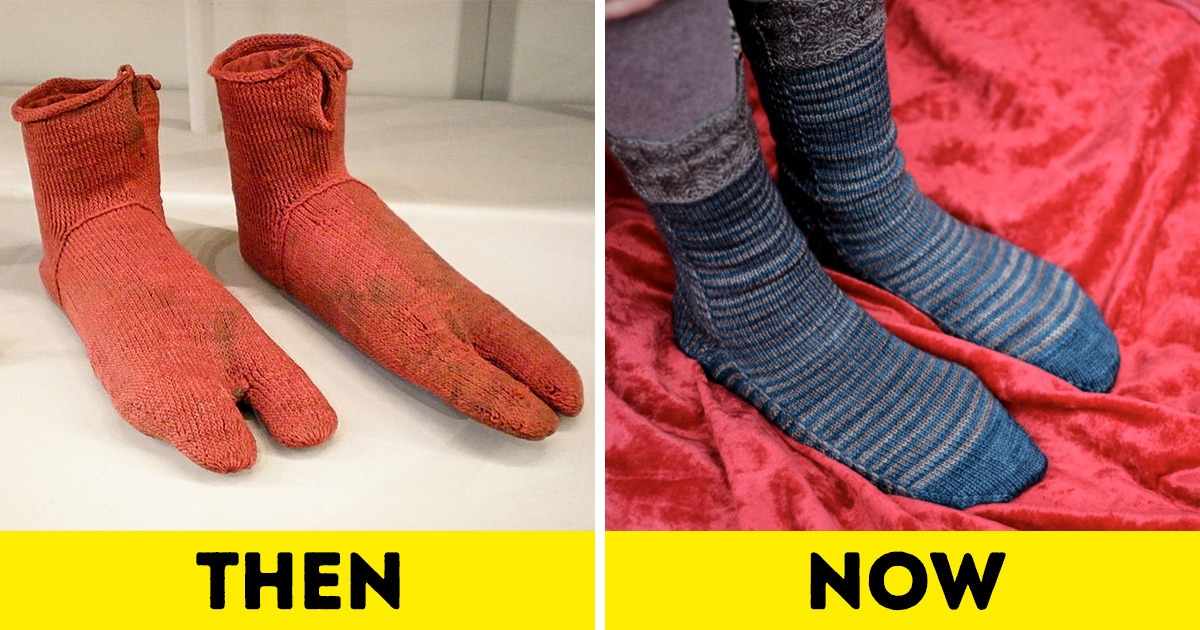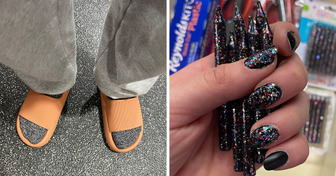25 Designers Who Overturned Our Preconceptions About Everyday Objects


Today, we may take the appearance or design of ordinary objects for granted. But many of these things haven’t always looked the way they do. Whether it was a random selection or the result of the scrupulous work of genius inventors, some of these things have changed drastically over the years. That’s why sometimes we don’t even remember how and when it all began.
Watermelon domestication started over 5,000 years ago. And unfortunately, the first fruits were not very appetizing and tasted either bitter or bland. However, at some point, some good ancient farmers thought, “Hey, let’s grow more of these!”
First of all, these farmers lived in very hot climates and used the fruit mostly as a source of water. Then they would cultivate it for its edible seeds — that very part nobody wants in modern watermelons. Over thousands of years, different selections changed the way the fruit looked and tasted completely. And today, 100 million tons of watermelon are grown annually around the world.
The first mention of roller skates was in the 1700s, but they looked quite different than those we use today. Ice skating was the widespread method to travel through frozen canals in winter in the Netherlands. But one day, one unknown inventor nailed wooden spools to strips of wood and attached them to his shoes to do the same thing in summer.
The most common design appeared in the 1970s when 2 hockey players found an antique pair of roller skates. They attached wheels to ice hockey boots and added a rubber toe as a brake. The new design allowed them to practice hockey in the summer, and then it became mainstream.
Archaeologists have found evidence of the first avocado consumption in central Mexico that dates back almost 10,000 years. But these original fruits were very small and covered in thick, tough, purple-black skin.
They were not commercially popular till the early twentieth century. Avocados started gaining widespread popularity only in the 1950s when people started putting them in salads. Today, it’s the most popular fruit among fans of leading a healthy lifestyle.
The first telephone patent was granted to Alexander Graham Bell in 1876. Back then, at the very least, it was an “apparatus for transmitting vocal or other sounds telegraphically.” But it looked and functioned in a very different way than today’s phones of all shapes and sizes.
For instance, before the invention of the telephone switchboard, telephones were connected directly to each other, so it was useful primarily for connecting a home to the owner’s business. “Mere people” still used the telegraph to communicate.
It may sound funny, but the first wild tomatoes were once considered deadly and poisonous. Even in the sixteenth century, when seeds of tomatoes were brought to Europe, they were planted as ornamental curiosities, never to be eaten.
The first tomatoes were like the cherry tomatoes we know today. They were very small but most likely yellow rather than red. Due to their color, they were known as “yellow apples” in Spain and Italy. Today, nobody would call these simultaneous vegetables and fruits such a name.
Hand sewing has been with us for more than 20,000 years. And the first attempts to create a machine that emulated the activity were only made in the eighteenth century.
The first machines failed. But then, in the 1850s, Isaac Singer built the first commercially successful model — though it still had a foot treadle that powered the needle. All the previous prototypes were hand-cranked.
The first peaches had thin, tough flesh. However, slowly but surely, people began developing forms of the fruit that were sweeter, fleshier, and tastier. Compared to ancient peaches, modern ones are much larger and have a greater volume of flesh in proportion to the stone.
Through the years, modern peaches have become 16 times larger, 27% juicier, and 4% sweeter than their wild counterpart. They’ve increased in nutrients essential for humans as well. Also, modern varieties have a wider range of maturity, allowing a supply of fruit over a longer period. With the mid and late-maturing of wild species, we couldn’t enjoy them as often.
The very first selfies required mirrors and very expensive equipment not many could afford. Though the word “selfie” was invented not so many years ago, people around the globe have looked for opportunities to make a relatively fast self-portrait since the invention of photography.
One of the earliest examples of a self-portrait was made by American photographer Robert Cornelius in 1839. But this technique didn’t become widespread until 2001 when a group of Australians created a website where they uploaded the first digital self-portraits onto the Internet.
People have been on a quest for the perfect curls for a long time. In ancient times, they used to wrap their hair around wooden sticks. The extreme heat of the desert sun did the rest of the work. Then, in the seventeenth century, they started to use clay or wooden rollers, but this was mostly for the wigs that were popular at the time.
Only in the nineteenth century did rollers start to resemble the modern ones we know of today. They were made from metal and were left in place for the whole night to achieve the desired result. Then, in the 1900s, the first model of a hair curling machine appeared, but not many women could afford it. Finally, in 1930, electrically powered hair rollers as we know them today were invented.
The first “socks” were used by cavemen in about 5000 BCE. At least we hope they called it something like that because the ones they wore probably looked nothing like what we have today, but not a single sock was left over from that time. That’s why we have to follow their cave paintings for clues as to what they were like.
Socks used to be pieces of leather that were tied around the ankles with pelts. They started to sew pieces of fabric together only in the second century CE. At that time, the first woolen socks also appeared. The earliest known surviving knitted socks were found in Egypt. They were dated from 300 CE to 500 CE.
What other stories behind popular objects do you know? Do you have any antiques or original models of such items today?











